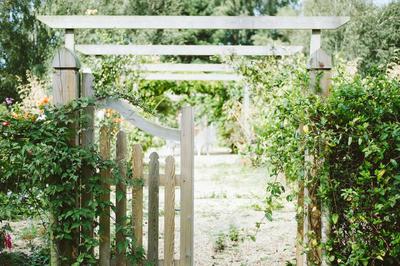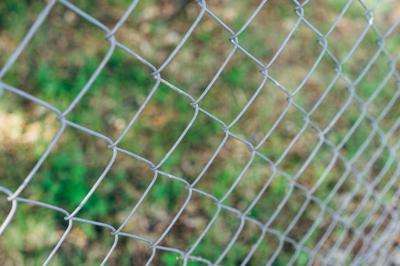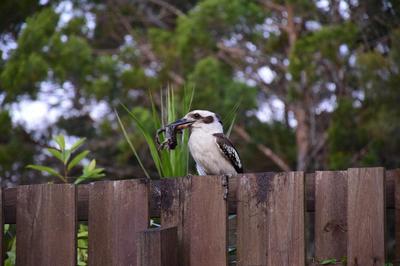How to Grow and Maintain a Live Garden Fence
by Archie Adams
(Anchorage, Alaska, USA)

Living Fence with a Welcoming Gate
Description: A living garden fence is a beautiful and natural option for a garden border, and you can easily learn how to start and keep a living fence going as the season’s change.
A living fence is a great way to keep pets and playing kids out of your precious garden. It will also improve your home’s curb appeal, with its brilliant greens and lovely flowers. As the season’s change, your living fence will bring dazzling beauty to your home.
A living garden fence, compared to wire mesh or wooden fences, can also create shade or sun pockets and mulch for your plants to grow comfortably.
Garden fence maintenance may be labor-intensive; however, if sufficient care and effort are put in, the result will be an excellent fence. Learn how to grow a garden fence to keep dogs out of your garden using regular household products and these tips for beginners:
Choose the right plant
For a garden fence or wall, you should look for a plant that propagates itself quickly and does well in your area so that you have sufficient coverage for a fence.
If you live in the US, there are so many plants for you to choose from, including hazel, mulberry, leguminous options like the tagasaste, honey locust pods, and Siberian pea shrub, and thornier options like rugosa roses and hawthorn. You can also go for the Osage orange, which is among the most popular living fences plants used in the US.
It packs the fence with dense thorns for security and will protect the delicate plants in your garden from the wind.
If the plant you select is a vine, you will need to create support and other garden fence accessories to guide it to grow along the garden's border.
Select a pattern for your plant that will allow it to fully envelop your garden, then create support using posts spread out 8 feet apart. Use heavy-gauge wire to provide additional support, stretching it loosely among the posts with about one-foot vertical distance. With this framework, you will be able to train the plants to grow into a fence for your garden.
Be cautious with a living garden fence
If you have crops growing close to the fence, they will start to compete for food and nutrients with the fence, which will eventually affect their health. You also want to ensure that your living fence does not introduce pests or fungal infections to your garden using the most effective garden fence treatment and pesticides.
Plant your fence
If you are wondering how tall can garden fence be, know that it could reach 2m high. Ensure you grow just slightly in front of your wire support, planting them in holes at least twice the diameter of their root balls and watering them weekly. As they grow, use plant ties to crisscross branches from neighboring plants onto the wire to train them to grow as per a certain pattern. As they grow, use more plant ties to direct their growth further, and prune unwanted growth that may ruin your pattern.
Conclusion:
A living fence will provide far much more for your garden and home compared to other kinds of fences. It will make a great difference in your exterior, and improve the quality of air and mood in your home.
Have any more ideas about how to create a perfect living garden fence? Add them to our comments section.
Author’s Bio:
Archie was a builder for more than 40 years. Mainly after his retirement the enthusiastic electrician works in the garden and writes for a blog Homemakerguide.com to keep himself occupied.
His many years of experience can get you the right tool reviews whether it is a drill, or a welding machine.
An impressive fact to note about him is that almost everything in his house is a representation of his skills and made by hand.



















